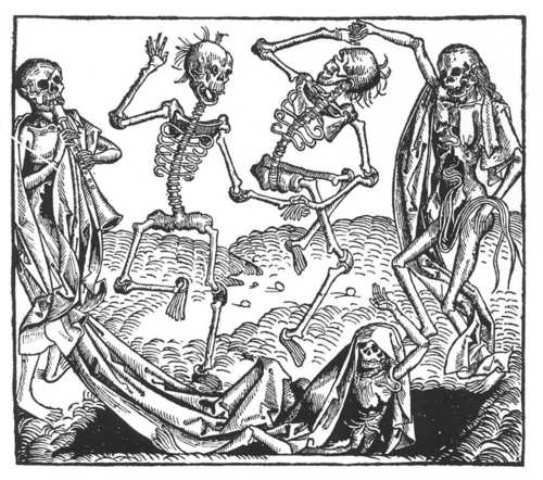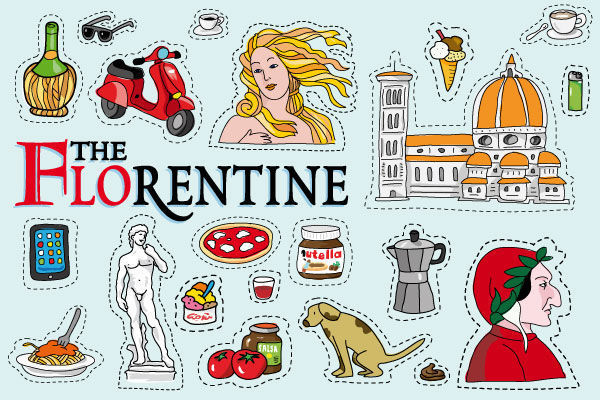The Gates of Paradise is the main gate of the Baptistry of Florence (Battistero di San Giovanni), located in front of the Cathedral of Santa Maria del Fiore.
The Porta del Paradiso, in Italian, was created by Florentine goldsmith and sculptor Lorenzo Ghiberti between 1425 and 1452 and installed in the eastern portal of the Baptistery.
The Gates have been praised by generations of artists and art historians for their compelling portrayal of scenes from the Old Testament.
Over time, the seventeen-foot-tall, three-ton bronze doors became an icon of Renaissance, one of the most famous works of art in the world.
The workmanship of panels demonstrates that the Florentine artists had mastered linear perspective and the classical idiom by the early 15th century.
According to The Lives of the Artist by Giorgio Vasari, the door—once known just as the East Door—was named the Gates of Paradise by Michelangelo Buonarroti because of its striking beauty.











